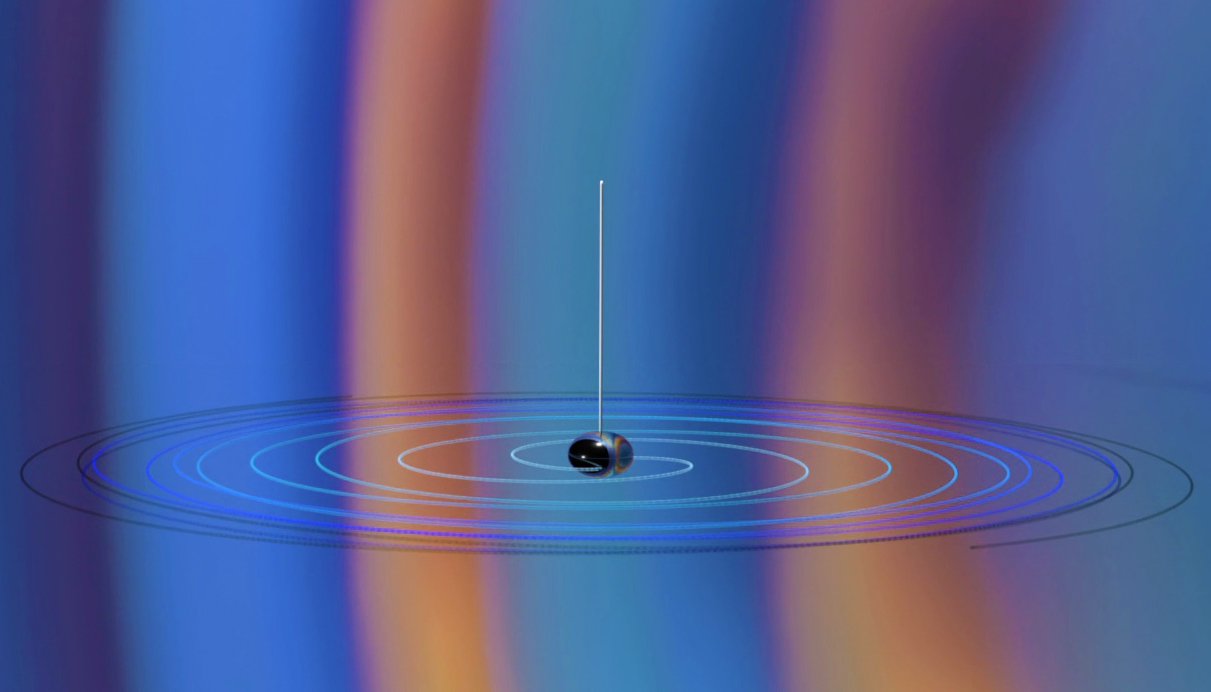CTC partner Intel wins an Oscar: visualizations from Avengers movies to gravitational waves

Since 2014 CTC has collaborated with Intel’s Visualization and Advanced Rendering team, helping pioneer new in-situ visualisation capabilities for the Intel™OSPRay ray-tracing libraries. Now the Academy of Motion Pictures has awarded a Technical Achievement Oscar to the Intel Viz team for their work on Embree (part of OSPRay) which “has become an indispensible resource for motion picture production rendering”. The Academy Awards website (https://www.oscars.org/sci-tech/ceremonies/2020) where the Oscars were announced on Saturday 13th February has a short video about the work of the Intel Viz team, which also includes some brief excerpts of CTC visualizations of black holes and gravitational waves at this link.
A much more extensive reel of our visualization work with Intel OSPRay can be viewed on the CTC YouTube site below, illustrating black hole ‘superkicks’, gravitational wave signals, and cosmic string networks:
OSPRay is an industry-leading, open-source ray tracing package. Ray tracing methods combine the physics of light with 3D objects and their surface materials to generate lifelike images, including mathematically correct reflections, refraction, shadows and more. OSPray became the core of the Intel OneAPI Rendering Toolkit, which, in addition to being used in Hollywood CGI, is widely used in scientific and medical data applications, the oil and gas industry, interior space planning software, and industrial design. OSPRay is incorporated into the open-source Paraview scientific data visualization application developed by Kitware, which operates across multiple platforms from laptops to supercomputers.
One component of the OSPRay toolkit is Embree, which is used in the film industry to produce visual effects. Its capabilities allow creators to inject photorealism through realistic lighting effects, such as reflections and shadows on hair, fur, mirrors or any object; complex motion blur for multiple moving objects like vehicles, propellers and birds; and complex geometries like ray-oriented disks, spheres and normal-oriented disks to render particle effects such as sand and foam. Numerous high-profile motion pictures have used Embree for their visuals, including Marvel Studios Avengers movies, DreamWorks animations, and LEGO Batman! The official Academy Awards announcement states:
For the past decade, the Intel Embree Ray Tracing Library has provided a high-performance, industry-leading, CPU-based ray-geometry intersection framework through well-engineered open source code, supported by a comprehensive set of research publications. It has become an indispensable resource for motion picture production rendering.
CTC has a longstanding collaboration with Intel in the design and improvement of high performance computing (HPC) hardware and software. We have been particularly concerned about preparing for exascale computing for which we need in-situ visualisation, a new paradigm which analyses data “on the fly” as it is generated, rather than post hoc as was traditionally the case. In-situ visualisation greatly reduces analysis timescales and we have been collaborating with both Intel and Kitware to successfully build such capabilities into OSPRay and then Paraview. This has led to a wealth of scientific results, including new insights into inflation (the exponential expansion of the early Universe) gleaned from Planck satellite data, and the dynamics of cosmic strings and black holes simulated with GRChombo which are relevant for the LIGO observations of gravitational waves. The CTC-Intel collaboration on in-situ visualization for exascale systems is being supported in 2021-22 by the RCUK ExCALIBUR Hardware and Software Enabling Initiative.
 |
 |
Thanos from Infinity Wars (top), Spider-Man: Far From Home (left) from Marvel Studios and Lego Batman (right), Animal Logic, are just some of the many films in which Intel Embree has been used to deliver visuals.

